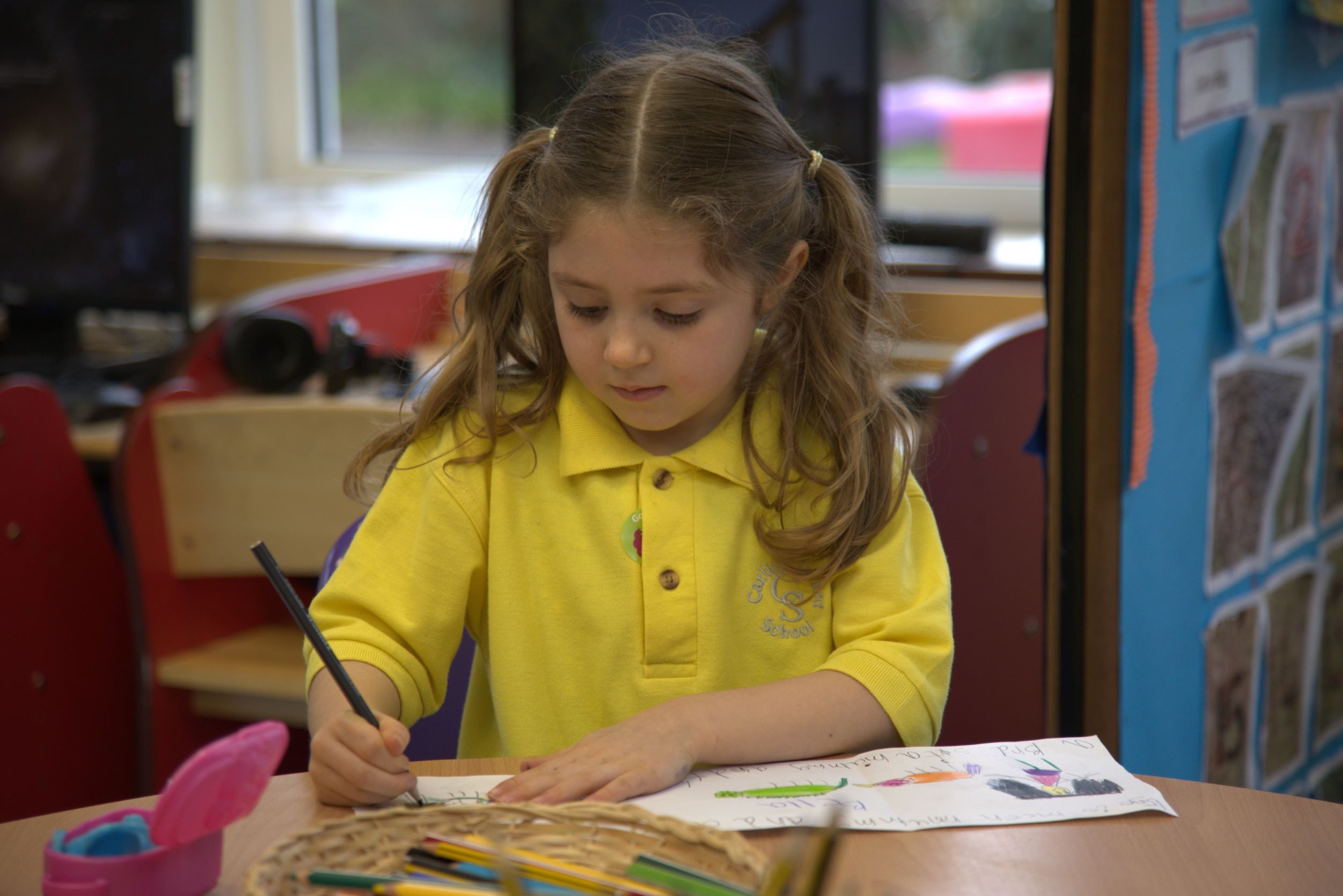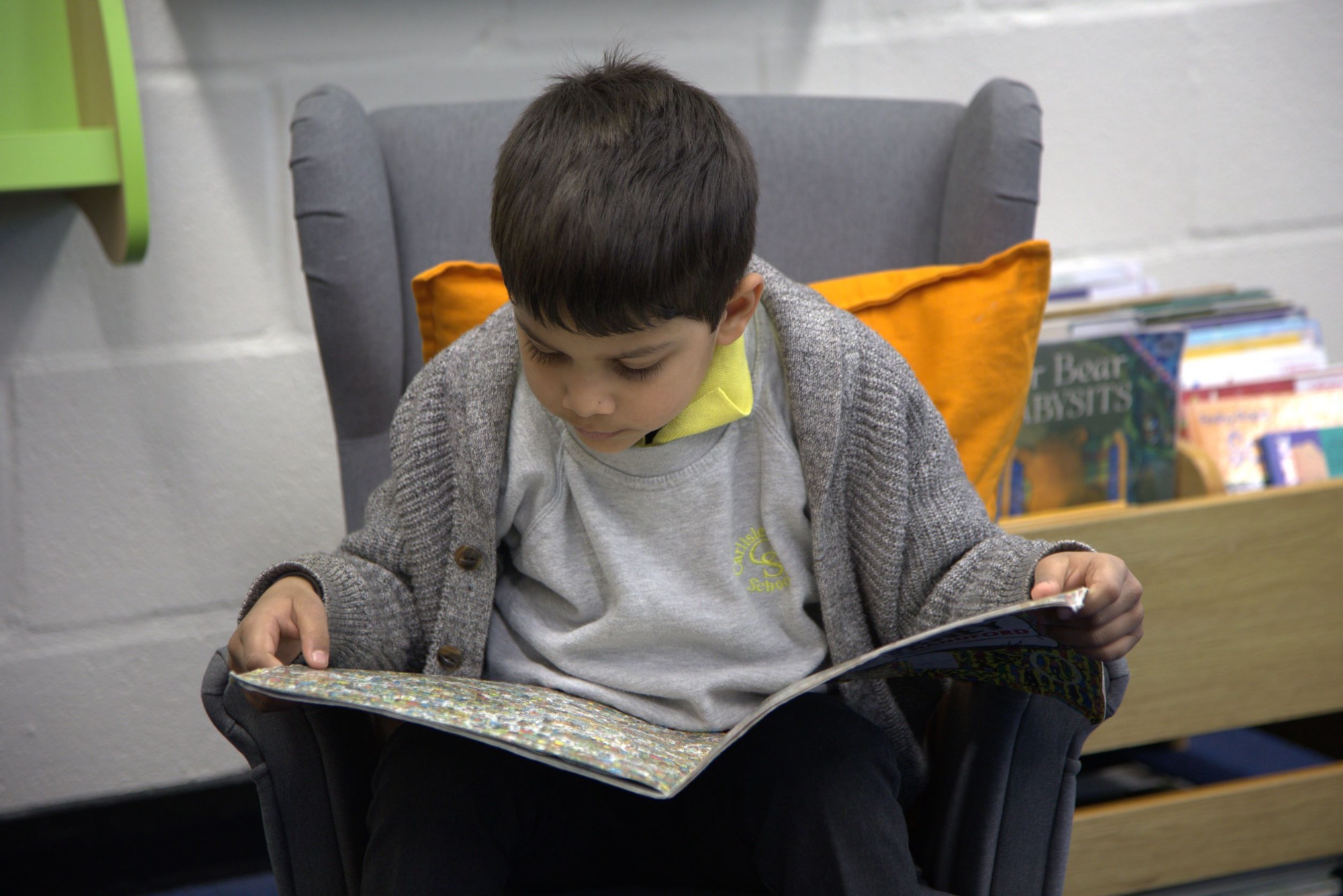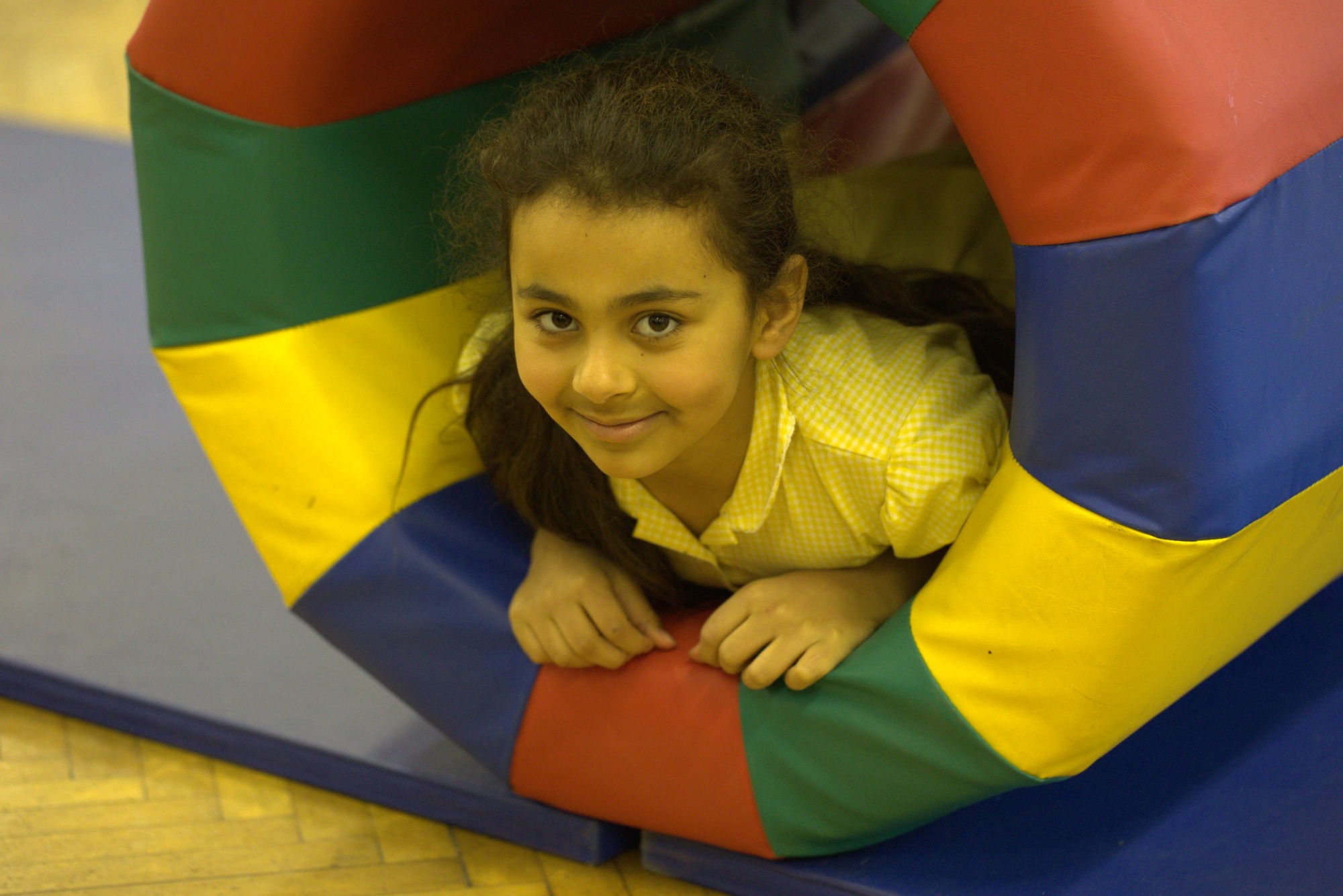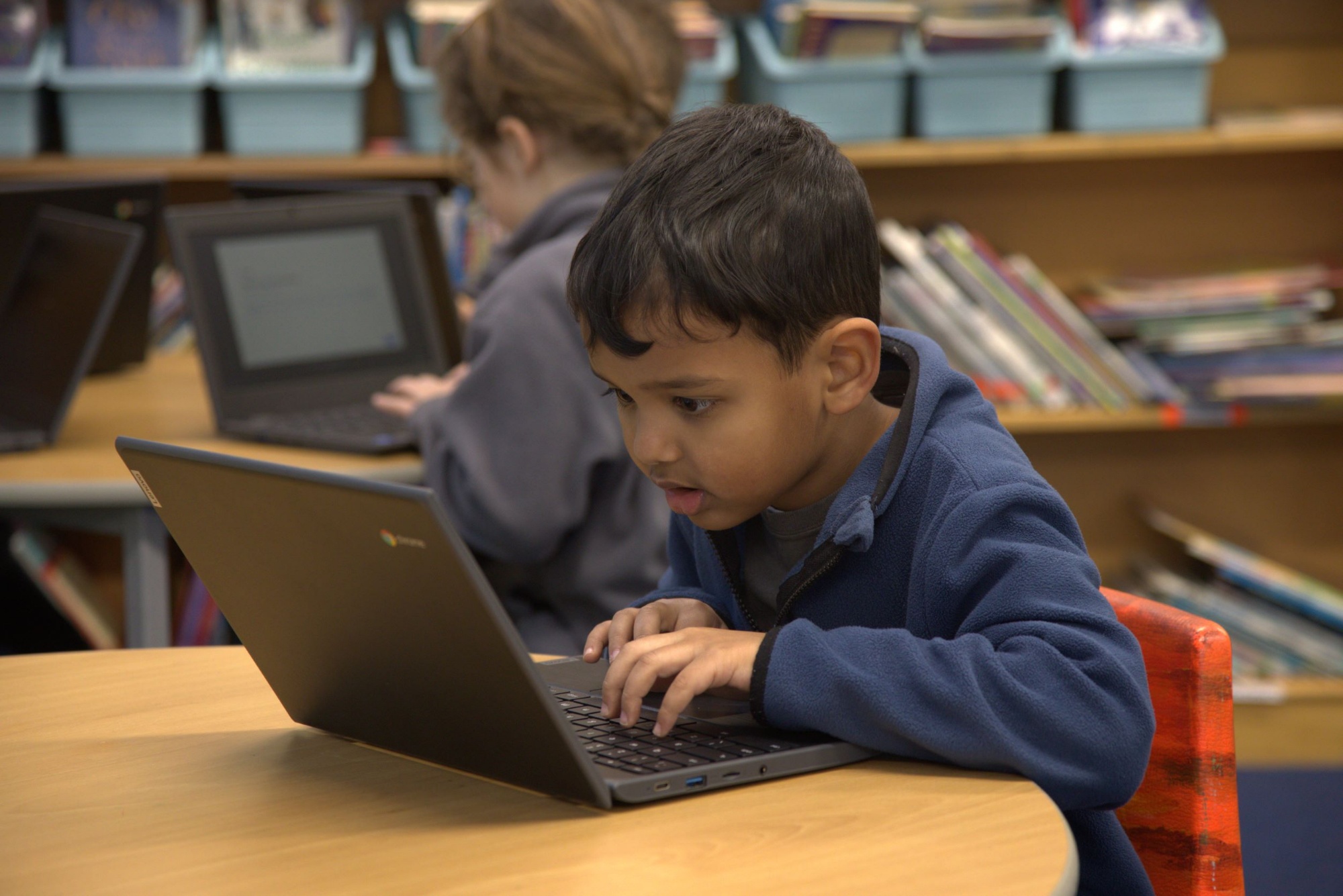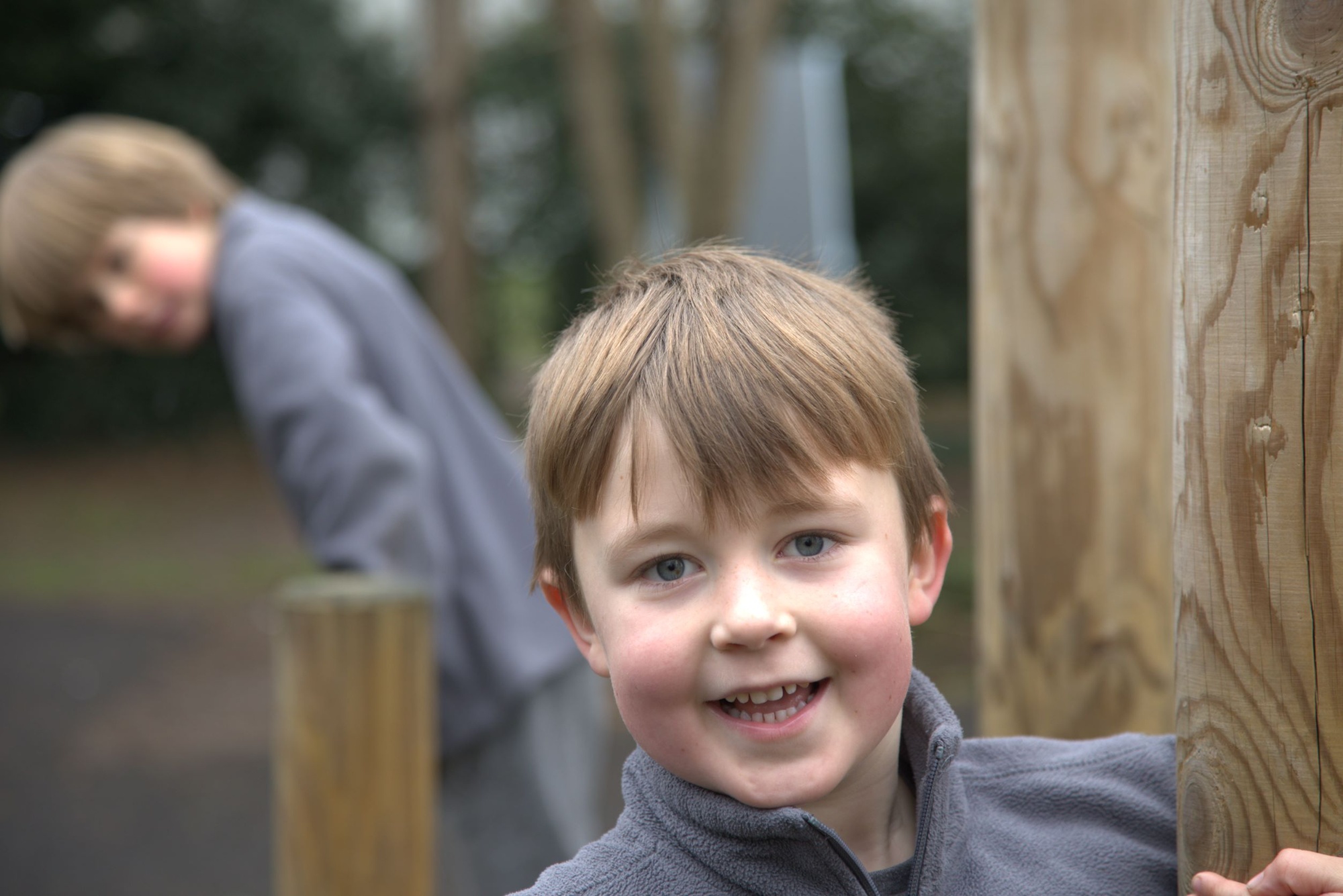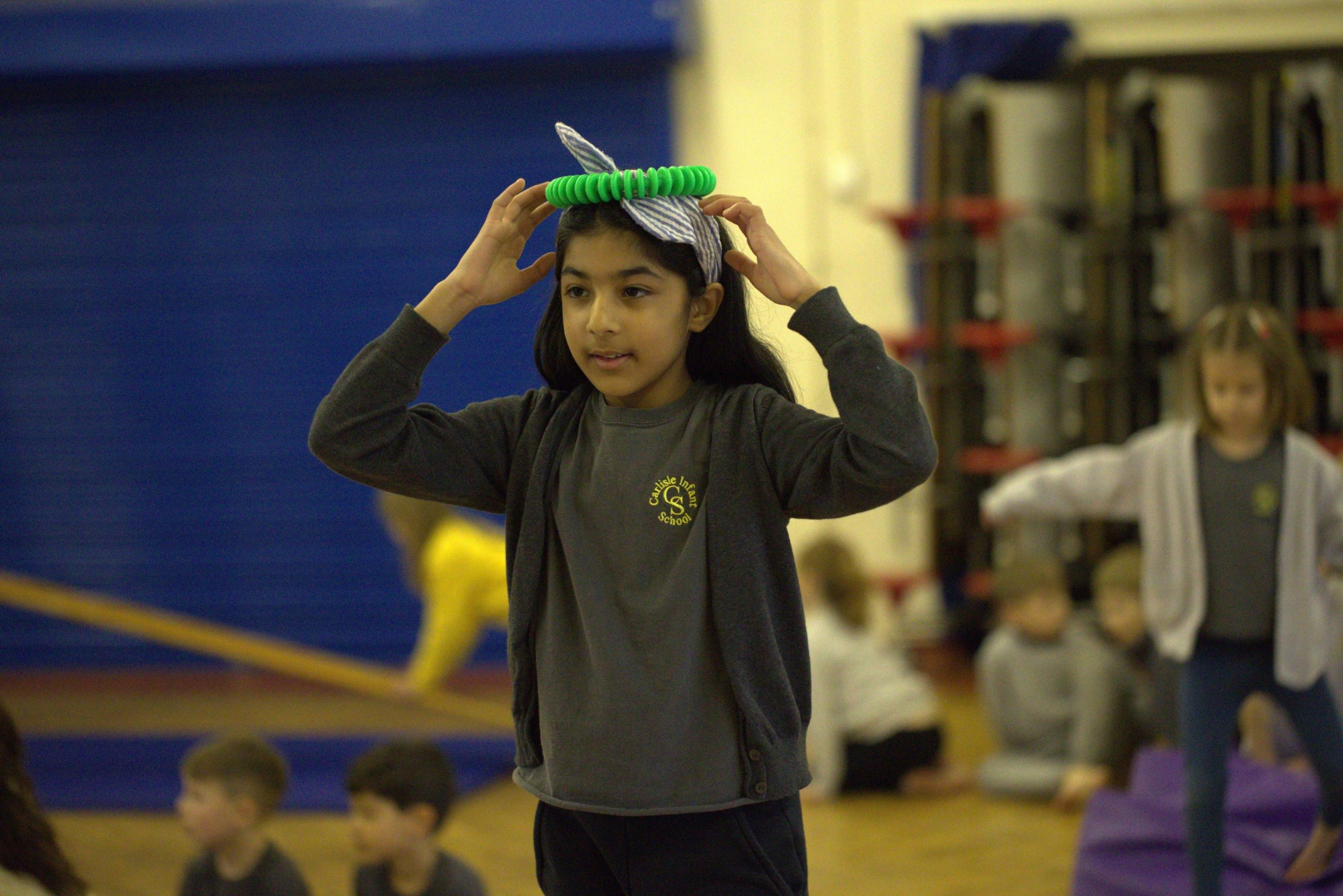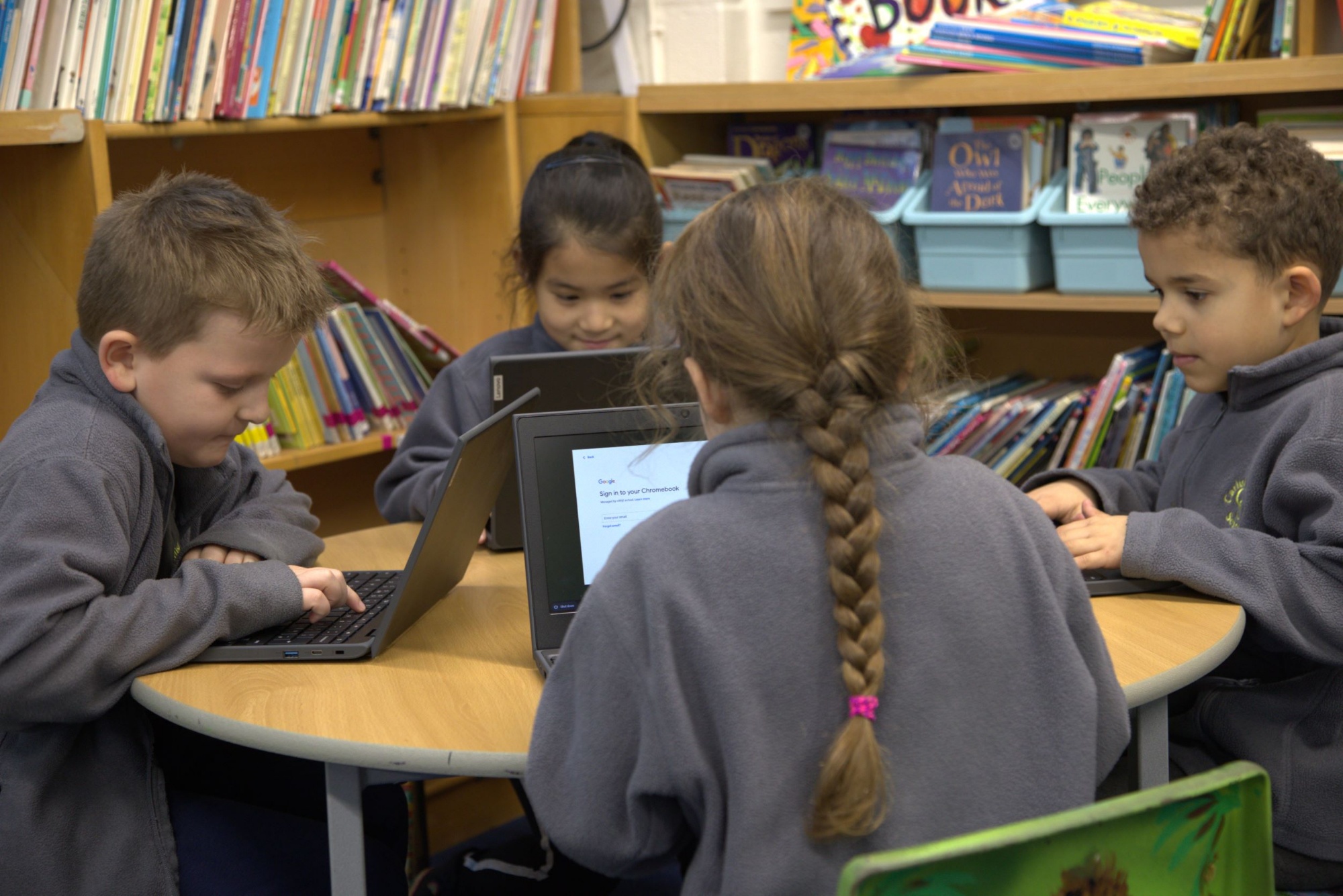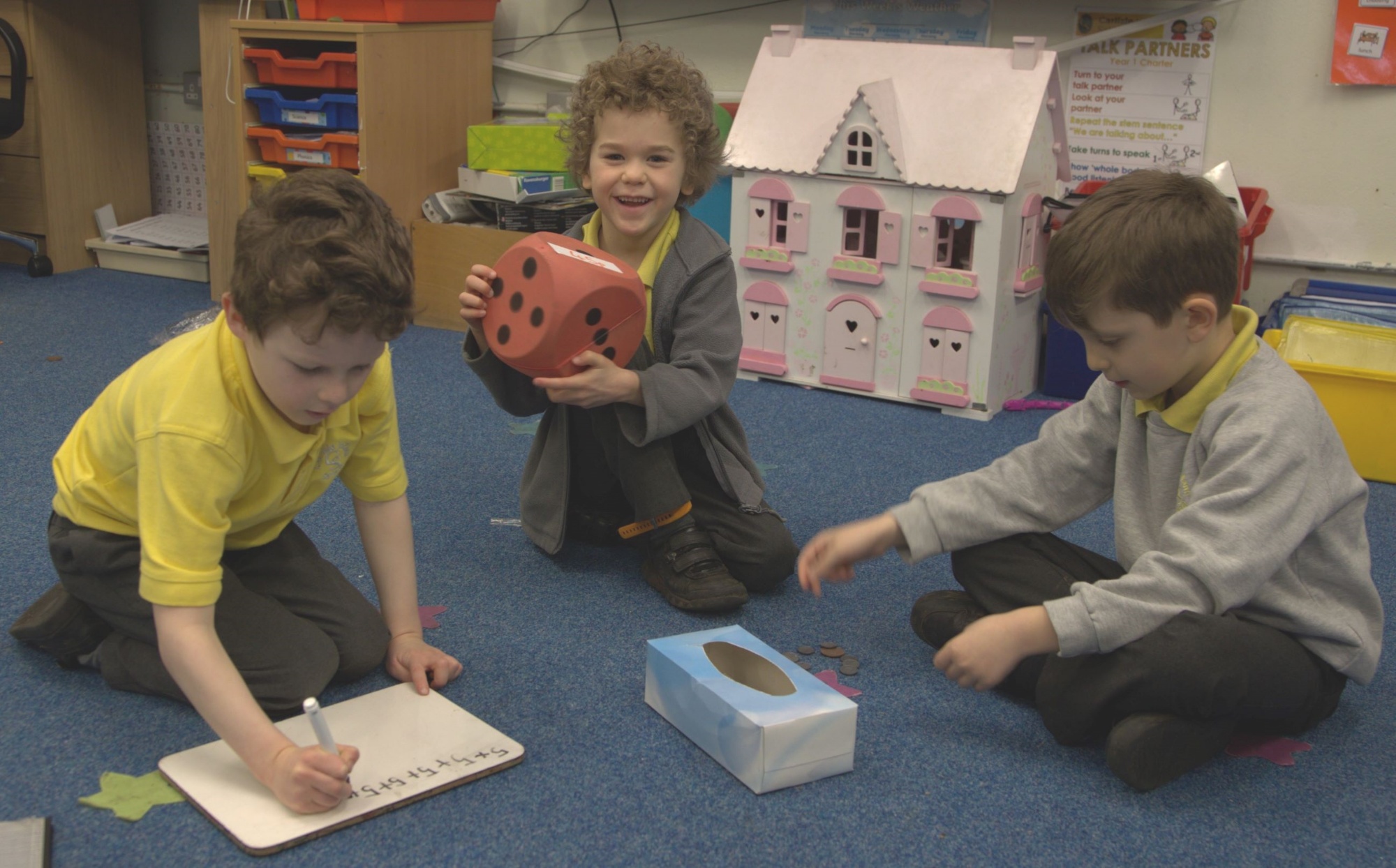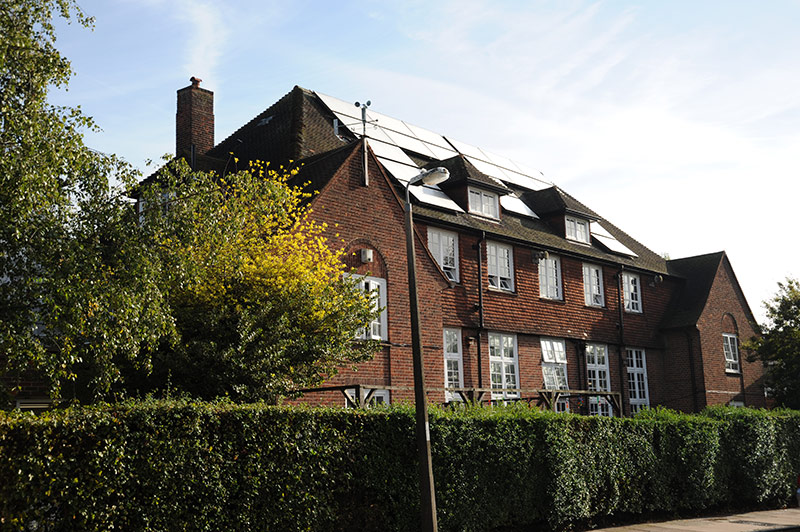History
Please click here for our CARLISLE INFANT SCHOOL HISTORY PROGRESSION MAP
History, at Carlisle Infant School, forms an integral part of the curriculum. The study of history inspires children’s curiosity, encourages them to ask critical questions and enables them to have a better understanding of the society in which they live and that of the wider world. We will investigate sources such as pictures, stories, writing and artefacts to ask and answer questions about the past and how these impact the world we live in today. We will examine the children's own personal history and develop their sense of chronology throughout the study of topics through the Early Years Foundation Stage and Key Stage 1.
Early Years Provision:
In Reception there are many opportunities for the children to find out about the past through their environment, family history and story. The children will listen to stories, asking how and why; and use the past, present and future tense. They will have opportunities to consider the past and present in their own lives and the lives of family members, recognising similarities and differences between families and traditions, objects and materials. They will be able to develop these ideas and concepts through role play and by making up stories.
KS1 Provision:
Building on the EYFS, the National Curriculum for history aims to ensure that all pupils develop an awareness of the past, using common words and phrases relating to the passing of time. The children will learn where the people and events they study fit within a chronological framework and identify similarities and differences between ways of life in different periods. The children will be able to use a wide vocabulary of everyday historical terms. They will be encouraged to ask and answer questions, choosing and using parts of stories and other sources to show that they know and understand key features of events. They will learn some of the ways in which we find out about the past and identify different ways in which it is represented.
The teaching of history is part of the teaching within our Active Learning Zones, as well as being offered as part of discrete termly projects. Children build on their Early Years experiences by beginning to broaden the depth of their skills and knowledge within the following categories:
• Changes within living memory;
• Events beyond living memory that are significant nationally or globally, for example, the sinking of the Titanic and Remembrance Sunday;
• The lives of significant individuals in the past who have contributed to national and international achievements, some should be used to compare aspects of life in different periods, for example Captain Scott, Amelia Earhart, Christopher Columbus and Neil Armstrong.
• Significant historical events, people and places in their own locality.
In addition to this we enrich the curriculum through educational trips such as the Year 2 children visiting The Tower of London as part of their Knights, Castles and Dragons topic in the Spring.

